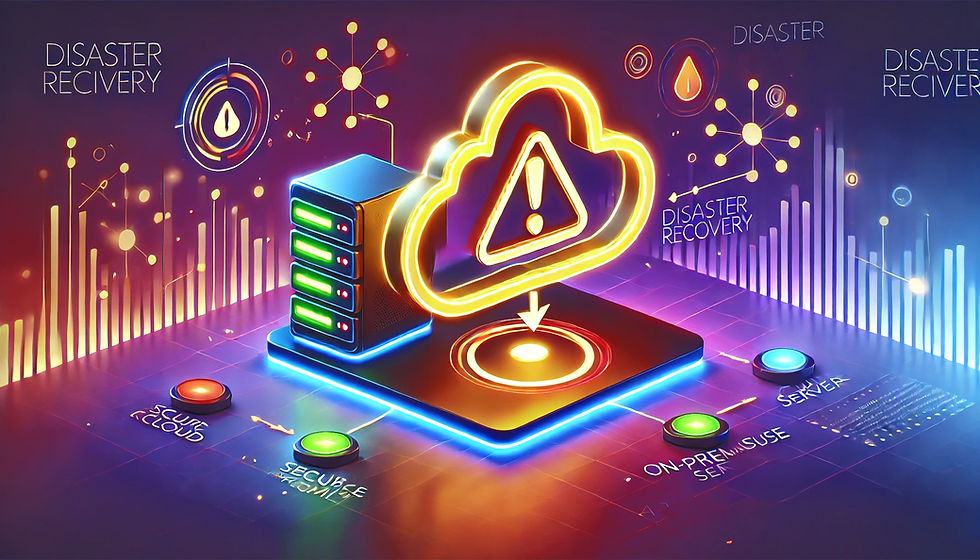Understanding the Shift from Cloud to On-Premises Solutions
- ArcShift Team

- Jun 17
- 2 min read
Updated: Jul 11
Cloud-first doesn’t mean cloud-forever.
As public cloud adoption surged, many businesses embraced it for its flexibility, scalability, and perceived cost savings. But now, a quiet countertrend is taking shape: some organizations are bringing workloads back on-premises. This shift — often called cloud repatriation — isn’t about abandoning the cloud. It’s about making smarter decisions based on cost, performance, and control.
☁️ Why Cloud Solutions Took Over and Where they Excel
Cloud computing revolutionized IT with easy access to storage, compute power, and applications hosted on remote servers. Key benefits include:
Scalability: Instantly add or reduce capacity based on demand.
Accessibility: Teams can work from anywhere with an internet connection.
Reduced CapEx: Avoid the upfront costs of buying and maintaining hardware.
According to a 2022 Gartner report, 91% of enterprises use cloud services — a testament to its widespread appeal. But “cloud for everything” has started to show cracks.

However, as popular as these cloud solutions are, they are not a one-size-fits-all scenario. The increasing need for cost predictability, data control, security, and compliance has now prompted many organizations to reconsider their cloud strategies.
⚠️ Why Some Workloads Are Coming Back On-Prem
Organizations are realizing that cloud isn’t always the best fit — particularly for sensitive, high-performance, or cost-sensitive workloads. The primary drivers behind this shift include:
🔐 Greater Data Control and Security
On-premises environments give businesses full authority over security configurations, backups, and access. This level of control can reduce risks tied to third-party vulnerabilities and improve compliance posture.
💸 Cost Predictability
While cloud appears cost-effective upfront, usage-based pricing models can lead to surprise bills. On-premises infrastructure involves capital expense but offers long-term budget stability.
⚙️ Performance and Latency
Latency-sensitive applications — like large database workloads or real-time systems — may perform better when hosted close to users or data sources.
🧾 Regulatory Compliance
Industries with strict regulations (finance, healthcare, government) often require physical control of data and systems to meet audit and compliance standards.

🔁 Planning a Cloud Exit: What to Know
Repatriation isn’t a simple rollback. It requires careful planning to avoid business disruption. Here’s what to consider:
✅ Evaluate Workload Fit
Not every workload should move. Audit cloud usage and identify systems that are overpaying, underperforming, or posing compliance risks.
💰 Compare Total Cost of Ownership (TCO)
Factor in cloud egress fees, ongoing usage charges, and licensing costs. Compare that to hardware, labor, and facility needs for on-prem.
🌀 Hybrid IT: The New Normal
Repatriation doesn’t mean going “cloudless.” Most organizations adopt hybrid strategies, combining cloud for flexibility with on-prem for control. The real evolution is toward right-sizing infrastructure: placing each workload where it performs best.
🔚 Final Thoughts: Smarter, Not Simpler
Cloud isn’t failing, it’s evolving. Businesses are waking up to the need for cost control, compliance, and operational resilience. Repatriation is a sign of cloud maturity — not retreat.
In this new era, winning companies won’t be those who went “all-in on cloud” or “all-out.” They’ll be the ones who understand their workloads, know their costs, and maintain control.




Comments